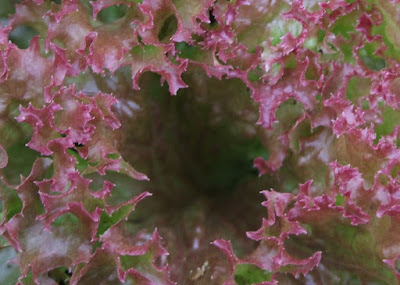Lightning Striking at Night - Dead Tree Silhouette

The other night we had a big
thunderstorm with lightning over here, so naturally I was out with the camera in the cold and wet while others were inside snug and warm. Actually, I wasn't so foolish as to bring the camera outside
during the rain, but after the
storm passed over I went out looking for
lightning shots. I took a few 30-second exposures, but the noise even at ISO 80 was disappointing. Decreasing the shutter speed by increments, eventually I got down to a 2-second exposure at ISO 80. Now for
lightning, there's not much chance of getting a good shot with only a 2-second exposure. But I tried anyway. And what turned out was amazing...
It was a one in a million chance. During
the second exposure, a huge
bolt of lightning split the sky - directly in the middle of the frame. And this is how it turned out. I find it amazing that I was able to get such a good shot on just the second try. The
lightning is streaking through the darkened sky, ending in a flash of electricity near the ground.
A dead tree stands in stark silhouette against the backdrop of
dark purple clouds. The pitch black of the surrounding terrain serves to intensify the scene, as well as provide a natural frame for the action.
It just goes to show: don't rely on the tried and tested methods, do something different and strange - it might just work out!






